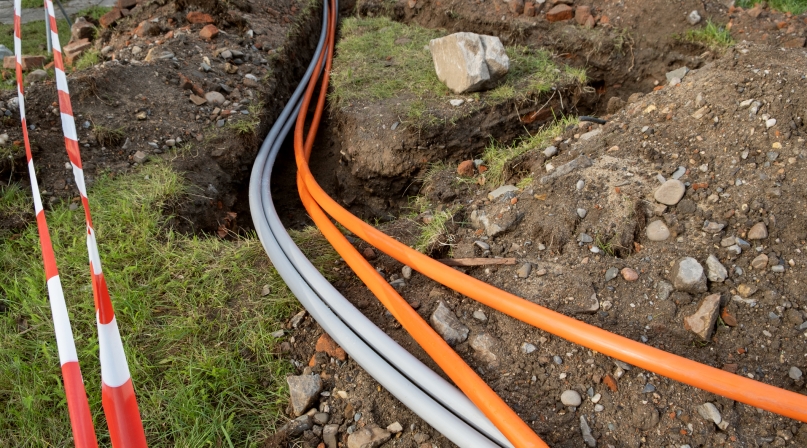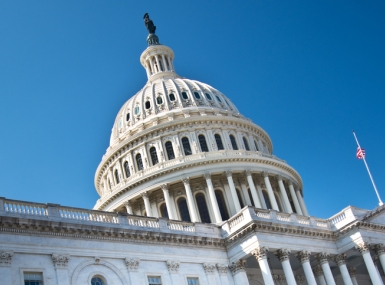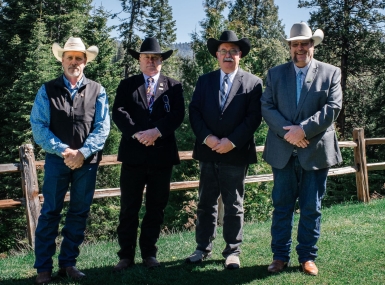Bureau of Land Management updates regulations for broadband infrastructure development on federal public lands
Author

Maxx Silvan

Seamus Dowdall
Upcoming Events
Related News

Key Takeaways
On March 28, the Bureau of Land Management (BLM) unveiled its final rule on Broadband Authorization, Cost Recovery, and Vegetation Management for Fire Risk Management. The rule updates regulations for developing and operating broadband infrastructure on public lands and aims to reduce fire risk along power lines.
What is included in the final rule?
Overall, the final rule updates processes related to the permitting processes for broadband development on BLM-managed public lands in the following ways:
- Streamlines and provides consistency in BLM's review of applications to locate facilities on federal public lands
- Allows project applications to be submitted electronically
- Commits that BLM will make decisions on applications within 270 days
In addition, the rule clarifies requirements for management of hazard trees and other vegetation in an effort to reduce the risk of wildfire to and from powerlines on BLM-managed public lands. It also updates the BLM cost recovery fee schedule for authorizing broadband projects.
Why does it matter to counties?
As federal broadband programs, such as the Broadband Equity, Access and Deployment (BEAD) program, continue to be implemented across the nation, counties play an essential role in ensuring these funds reach our most unserved and underserved communities. As such, counties support legislation and policies that streamline federal right-of-way and permitting processes for structures on lands controlled by federal agencies. By simplifying and streamlining the permitting process for broadband development on BLM-managed public lands, this updated final rule should allow counties and community partners to more efficiently connect all of their residents to high-speed, affordable broadband.
Want to learn more?
To access NACo resources regarding ongoing federal broadband deployment programs, visit our BEAD Program Toolkit for Counties. To learn more and access the full final rule on Broadband Authorization, Cost Recovery, and Vegetation Management for Fire Risk Management, click here.
Resource
BEAD Program Toolkit for Counties

Related News

House, Senate Agriculture Committees release frameworks for 2024 Farm Bill Reauthorization
After months of negotiations and gridlock, lawmakers on the House and Senate Agriculture Committees have released competing frameworks for the 2024 Farm Bill.

U.S. Senate eyes funding the Affordable Connectivity Program through broader telecommunications package
The ACP is under a short timeline to receive additional funding. After May 31, all 23 million enrolled households will cease to receive any benefit from the program. Several Senate proposals could lead to expedited passage of funding to save the program.

Mariposa County finds third time’s a charm for WIR
The Western Interstate Region made up for lost time during its conference in Mariposa County, Calif., welcoming the state of Nebraska and addressing pressing issues for public lands counties.